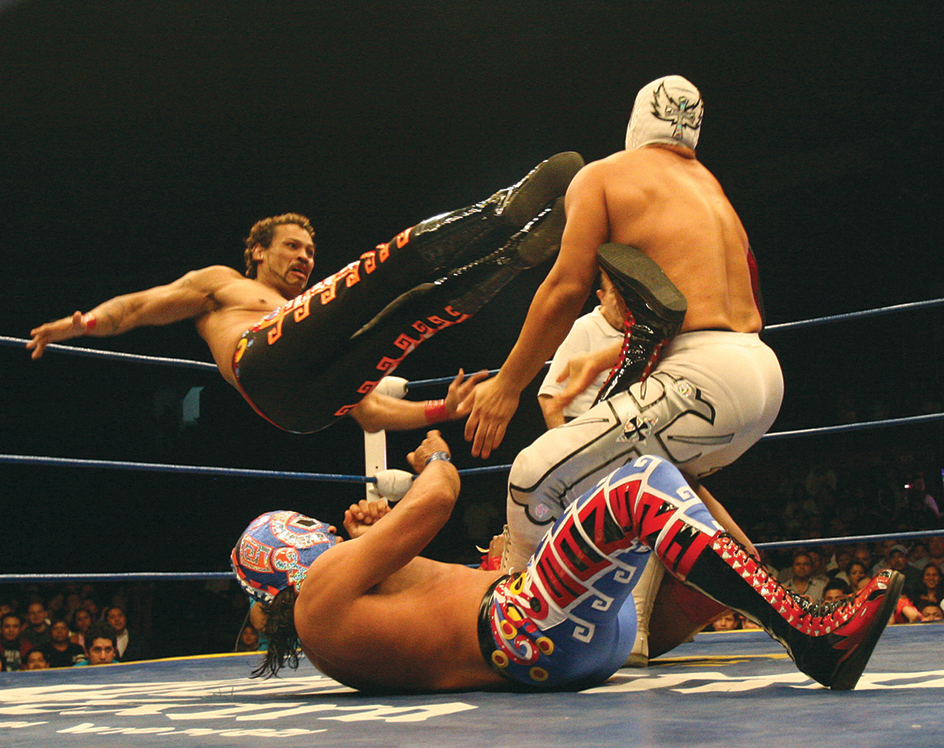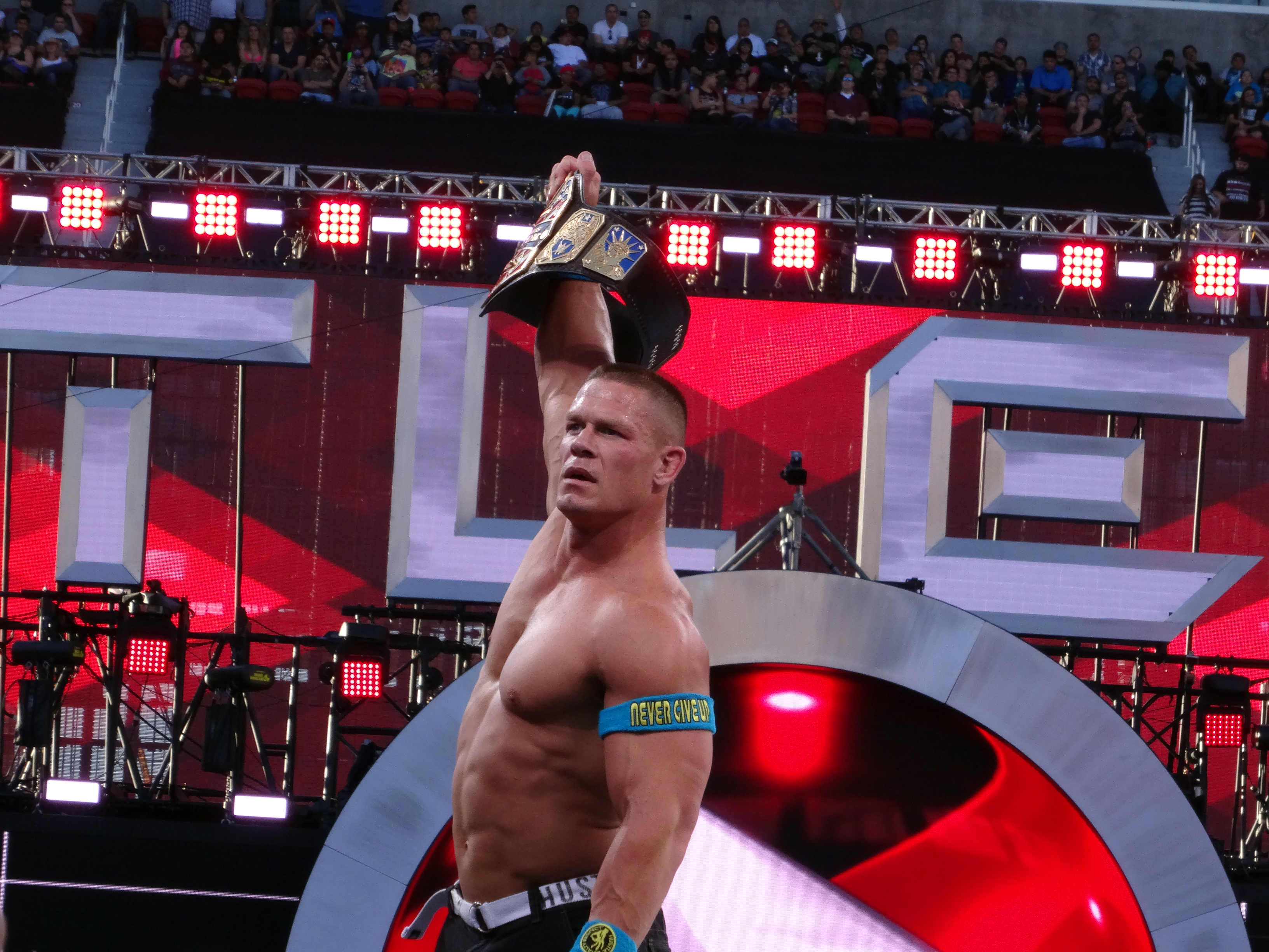Wrestling, Professional, often called pro wrestling, combines traditional wrestling with show-business qualities. Unlike amateur wrestling, professional wrestling has no governing authority that makes and interprets rules. Pro wrestling features striking, clinching, jumping, and leaping maneuvers to entertain audiences. Today, pro wrestling is a multibillion-dollar industry.

Pro wrestling began in the late 1800’s. At first, experienced amateur wrestlers demonstrated feats of athleticism and strength in competitions, often offering challenges to audience members. Staged wrestling shows matched experienced athletes who had amateur wrestling backgrounds. Sideshow exhibitions of wrestling gradually began to feature colorful costumes and specialized techniques. Wrestlers assumed distinctive personalities to promote interest, excitement, and drama among fans. During the early 1900’s, many people came to regard pro wrestling matches as fake, theatrical productions.

Pro wrestling expanded and changed after the advent of television in the mid-1900’s. As matches began to be televised nationally, professional wrestling grew enormously in popularity. TV also altered the nature of pro wrestling. Broadcasts developed story lines between wrestlers who were portrayed as either good or evil. Fans enjoyed match-ups between wrestlers who assumed the roles of villains or heroes. Television glamorized many wrestlers, making them celebrities.
